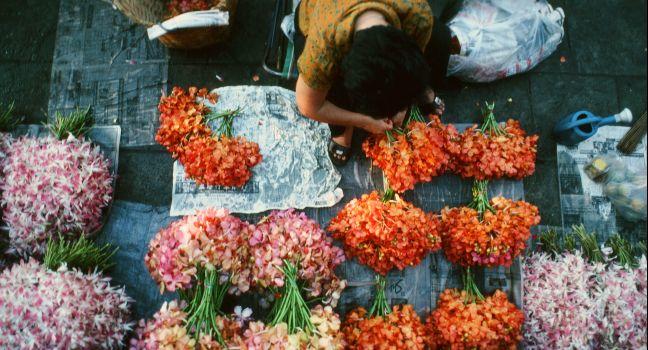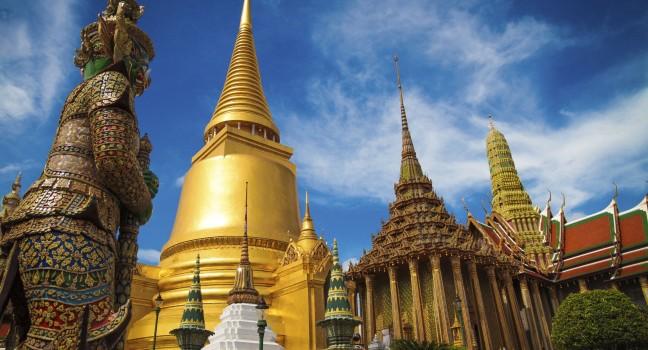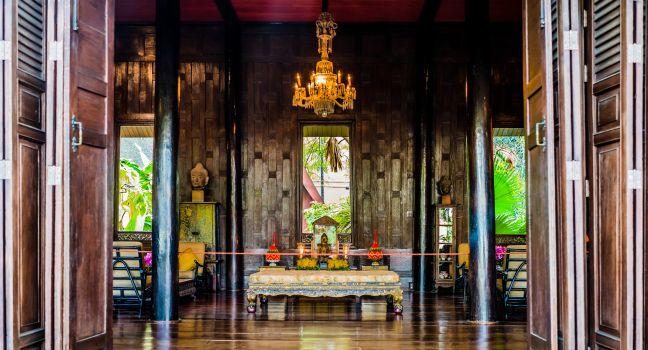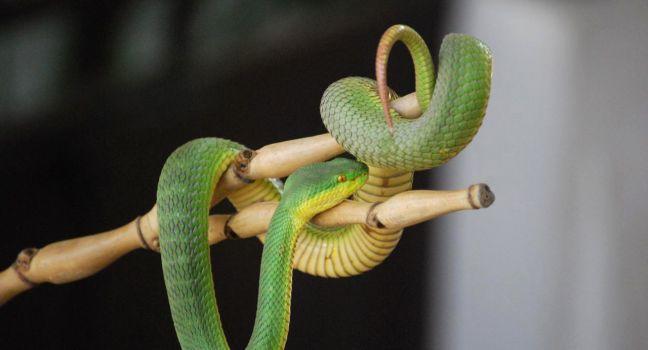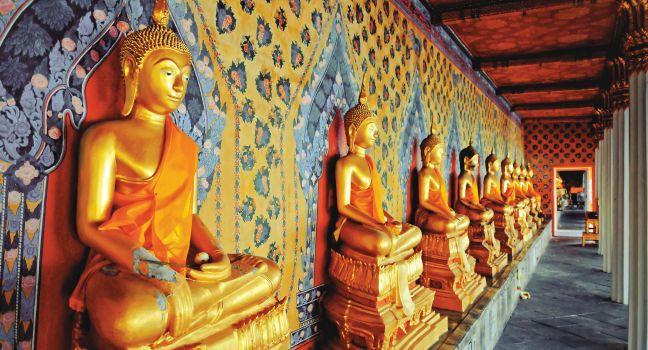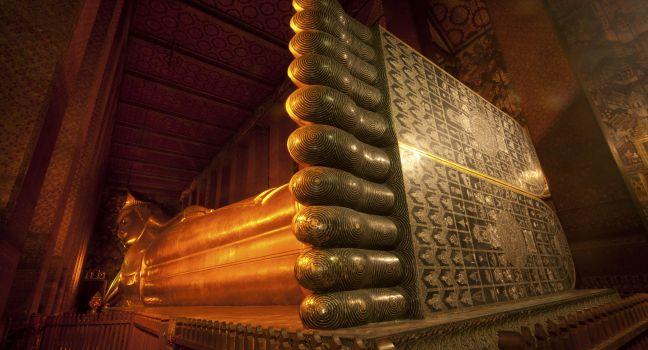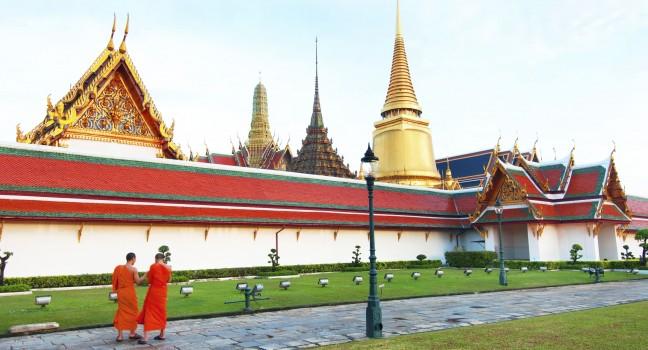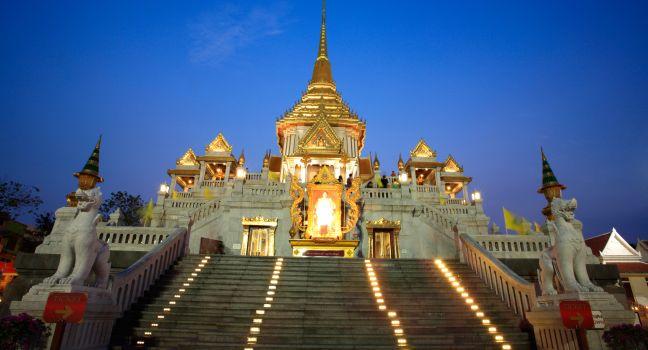Doi Inthanon, Thailand's highest mountain (8,464 feet), rises majestically over a national park of staggering beauty. Many have compared the landscape—thick forests of pines, oaks, and laurels—with that of Canada. Only the tropical vegetation on its lower slopes, and the 30 villages that are home to 3,000 Karen and Hmong people, remind you that this is indeed Asia. The reserve is of great interest to nature lovers, especially birders who come to see the 362 species that nest here. Red-and-white rhododendrons run riot, as do plants found nowhere else in Thailand.
Hiking trails penetrate deep into the park, which has some of Thailand's highest and most beautiful waterfalls. The Mae Klang Falls, just past the turnoff to the park, are easily accessible on foot or by vehicle, but the most spectacular are more remote and involve a trek of 4 to 5 km (2½ to 3 miles). The Mae Ya Falls are the country's highest falls, but even more spectacular are the Siribhum Falls, which plunge in two parallel cataracts from a 1,650-foot-high cliff above the Inthanon Royal Research Station. The station's vast nurseries are a gardener's dream, filled with countless varieties of tropical and temperate plants. Rainbow trout—unknown in the warm waters of Southeast Asia—are raised here in tanks fed by cold streams plunging from the mountain's heights, then served at the station's restaurant. The national park office provides maps and guides for trekkers and bird-watchers. Accommodations are available: B1,000 for a two-person chalet, B6,500 for a villa for up to eight people. The park admission fee is collected at a tollbooth at the start of the road to the summit.
